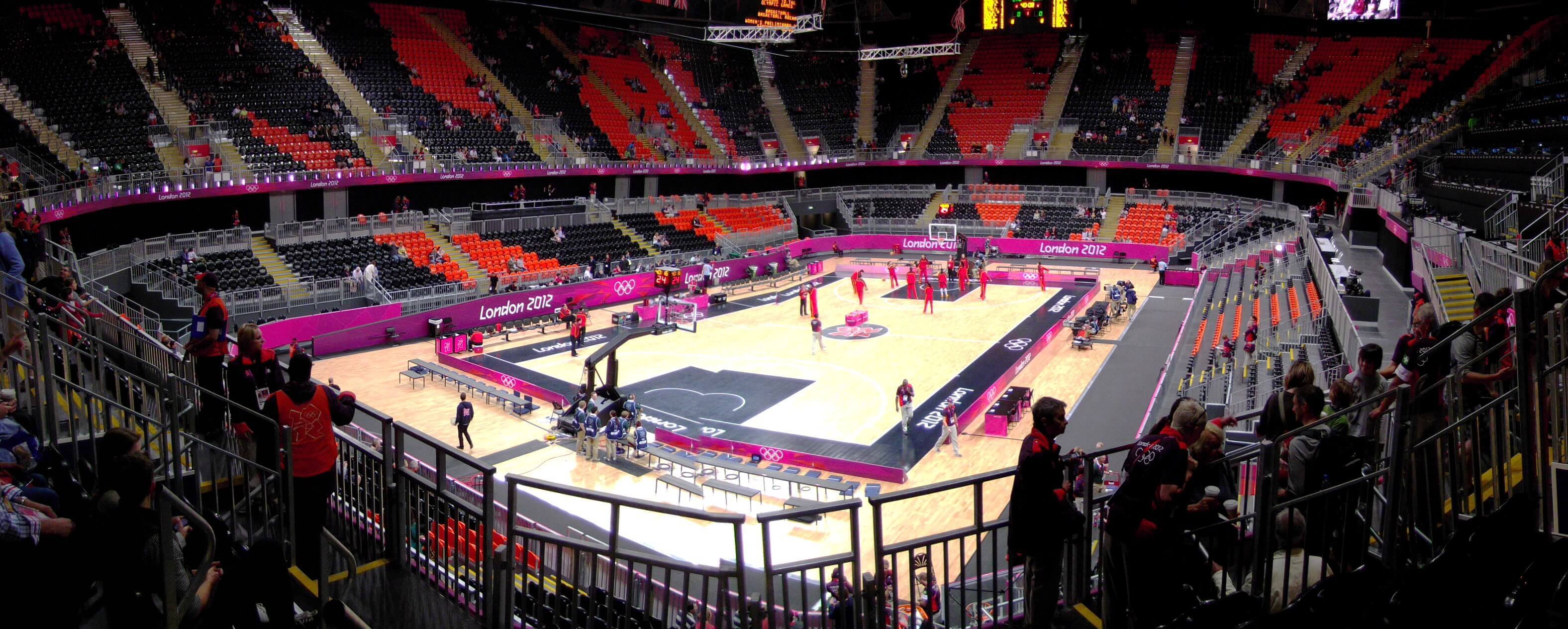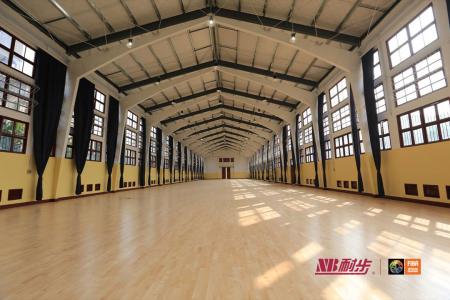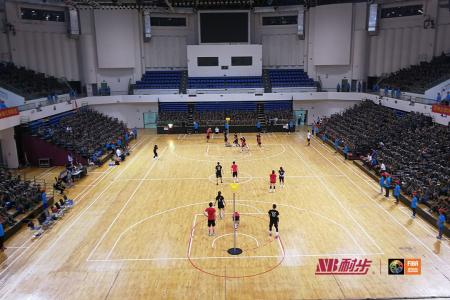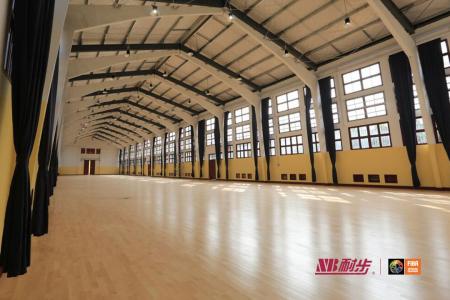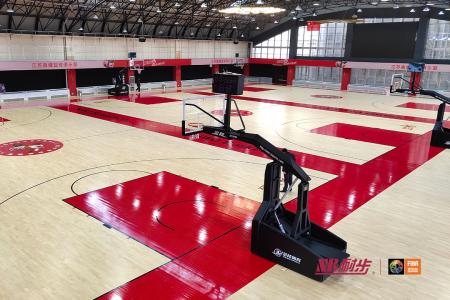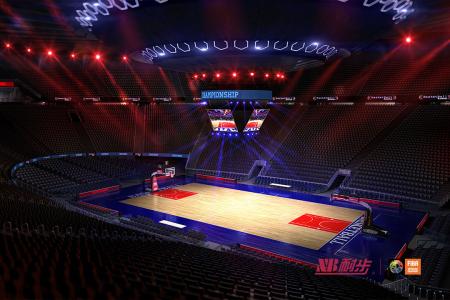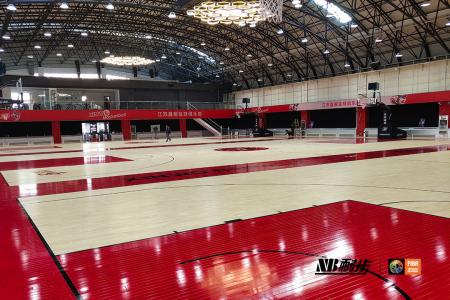Material Analysis of Sports Wood Flooring: Selection of High-Performance Sports Space

As an important part of sports facilities, sports wood flooring has become increasingly popular in various sports venues in recent years. Whether it is a basketball court, badminton hall or dance studio, sports wood flooring can provide good sports performance. This article will delve into the materials, characteristics and advantages and disadvantages of sports wood flooring to help you better understand and choose suitable sports wood flooring.
1. The main materials of sports wood flooring
The materials of sports wood flooring are mainly divided into cypress, rubber wood, maple, birch, pine and other composite materials. Each material has its unique characteristics and applicable occasions, which will be analyzed one by one below.
1. Cypress
Cypress is a high-quality sports wood flooring material that is widely popular for its toughness and elasticity. Cypress wood has good pressure resistance and can withstand large impact forces, so it is suitable for high-intensity sports such as basketball and volleyball. Another advantage of cypress is its good moisture-proof properties, which can effectively prevent deformation and cracking caused by moisture. This allows sports venues to remain in good condition even in rainy environments.
2. Rubber wood
Rubber wood also has a place in sports wood flooring. This material is characterized by its light weight, high strength and excellent wear resistance. The surface treatment of rubber wood is very delicate, providing a good coefficient of friction and enhancing the athletes' grip on the court. Another advantage of this material is that it is environmentally friendly. After reasonable processing, it can reduce the impact on the environment and is suitable for modern people's pursuit of green life.
3. Maple
With its elegant texture and excellent toughness, maple has become a popular choice for high-end sports wood flooring. Maple wood in sports wood flooring is usually used for sports with high ground requirements such as tennis and dance. The elasticity of maple wood is very moderate, which can effectively reduce the injuries that athletes may suffer during strenuous exercise. In addition, the natural color of maple wood also makes it particularly attractive in appearance and suitable for various styles of interior decoration.
4. White birch
White birch is a hard and wear-resistant wood, suitable for various types of high-frequency sports venues. Its density is relatively large, providing very good pressure resistance and stability, and is especially suitable for basketball and training venues with harsh environments. The surface of white birch is smooth, easy to clean and maintain, and will not undergo significant deformation after long-term use.
5. Pine
Pine is a relatively economical sports wood flooring material. Although its wear resistance is relatively weak, it is still widely used due to its lightness and low cost. For youth basketball and volleyball training venues. Pine wood has good flexibility and can provide a certain cushioning effect, making it suitable for the exercise of children and young athletes.
6. Composite materials
In addition to traditional solid wood materials, composite materials have gradually entered the field of sports wood flooring in recent years. This material is usually composed of a multi-layered wood structure, which has better stability and wear resistance, and is better at resisting moisture and temperature changes. Composite materials not only cost less, but also provide an appearance similar to solid wood flooring, making them suitable for a variety of occasions.
2. Performance requirements of sports wood flooring
The choice of sports wood flooring not only involves materials, but also is more related to sports performance. The following are the basic performance requirements of sports wood flooring:
1. Elasticity
Elasticity is one of the important indicators to measure the quality of sports wood flooring. Appropriate elasticity can alleviate physical damage caused by athletes during high-intensity exercise, especially during strenuous exercise such as running and jumping. It can effectively reduce the pressure on ankle and knee joints.
2. Anti-slip properties
Anti-slip properties are also an important feature of sports wood floors. Good anti-slip properties can improve athletes' grip and reduce the risk of accidental falls. The surface treatment process plays a vital role in slip resistance and usually requires polishing and coating.
3. Wear resistance
Wear resistance is directly related to the service life of sports wood flooring. Under high-frequency movement, the floor surface is prone to wear and tear, so when choosing wood, you need to consider its wear resistance. In general, hardwoods such as maple and birch have outstanding wear resistance and are suitable for high-intensity sports venues.
4. Deformation stability
Sports wood flooring can easily cause deformation under different environmental conditions, such as changes in humidity and temperature, so its stability is the focus of attention. Choosing wood with excellent deformation stability is particularly important for the long-term use of sports venues.
5. Maintenance requirements
Sports wood floors of different materials also have great differences in maintenance. For example, solid wood floors require regular waxing and cleaning, while composite materials are more durable and relatively simple to maintain. Therefore, when choosing, you need to consider the use environment and maintenance capabilities.
3. Installation of sports wood flooring
The installation process and design layout of sports wood flooring are also crucial. A reasonable installation can significantly improve the performance and life of the sports floor.
1. Ground treatment
First of all, the ground needs to be treated to ensure that it is flat and free of debris and moisture. If the foundation is not flat enough, it will cause deformation and damage to the sports wooden floor. During processing, a level test is usually performed to ensure the smoothness of the foundation.
2. Material selection
In material selection, various factors such as the nature of use of the venue, the type of sports and the budget need to be taken into consideration. Different sports have different requirements for flooring, so you should consult professionals when choosing materials.
3. Installation process
Installing sports wood flooring requires a professional team to adopt reasonable installation techniques to ensure the stability and safety of the floor. Usually, the flexibility of the wood and maintenance points will be considered during the installation process to ensure that the floor is not easily deformed during use.
4. Conclusion
Sports wood flooring is made of various materials and has superior performance, making it the first choice for modern sports venues. By understanding different materials, choosing the right sports wood flooring can not only improve the performance of athletes, but also extend the service life of the sports field. In the process of purchasing and using sports wood flooring, I hope you can fully consider various factors such as material, performance and installation to create an ideal sports environment. Whether you are a professional athlete or a health enthusiast, sports wood flooring can provide you with a safe and comfortable sports experience.

